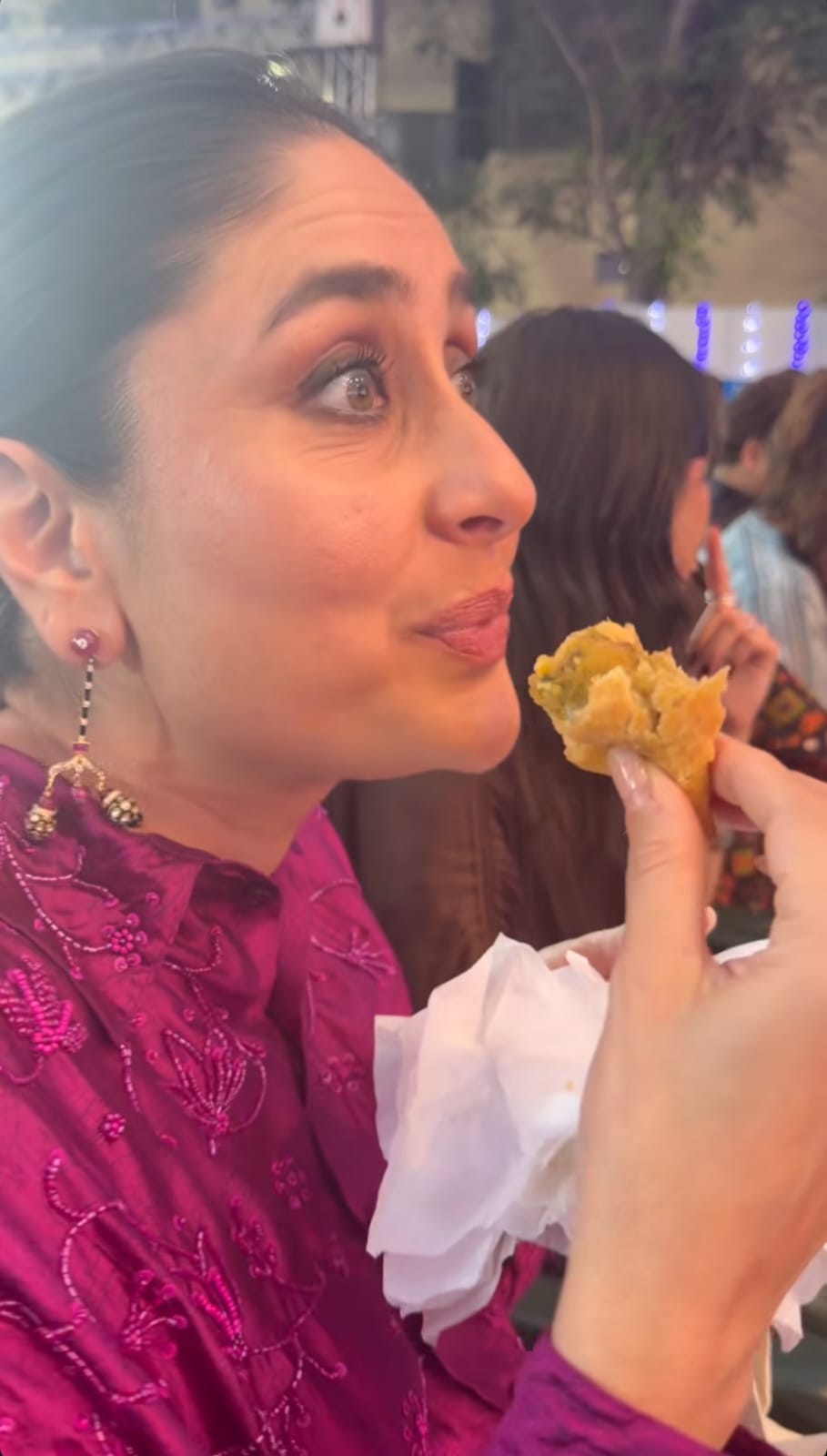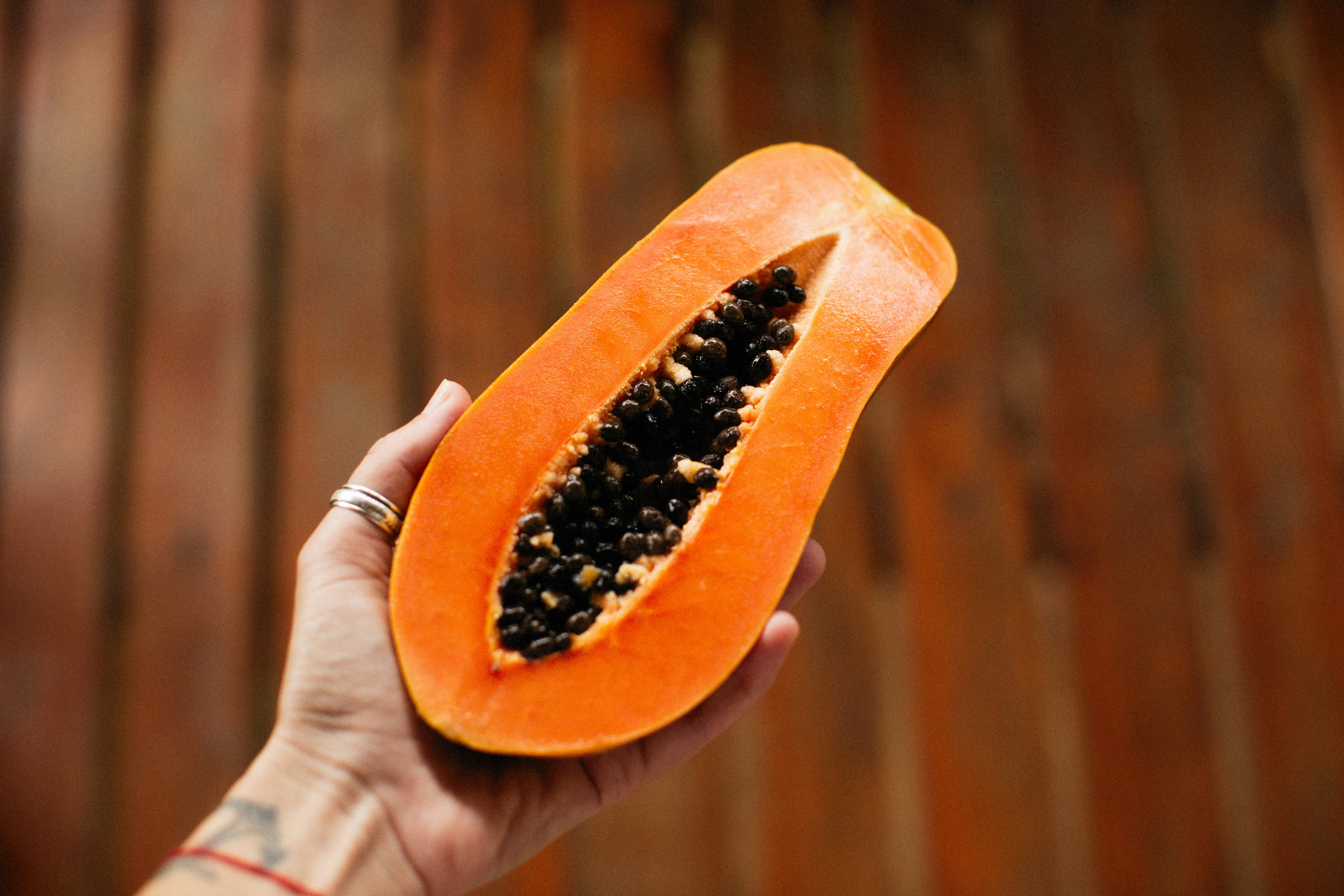It's not unusual to find discussions on internet forums about the origins about the poori. While we're not going to get drawn into that discussion about whether the poori has its origins in Northern or Southern India, there's no denying that poori is a popular breakfast option in many parts of South India. In most quick-serve South Indian restaurants in Chennai and Bengaluru, poori and potato (palya in Bengaluru) is a popular option. For many of us with a Bengaluru connection, it's quite normal to pair the poori with potato and coconut chutney. While the origins of the poori might trigger varied opinions these opinions are less divided around the poori payasam or appe payasa.
Also Read:Kongu Nattu Kozhi Varuval: A Delicious Chicken-Fry Recipe You Can't Miss
From Thanjavur in Tamil Nadu to Udupi in Karnataka, this version of the kheer is a time-tested delicacy. It's an integral part of my childhood memories in Chennai and Bengaluru. I remember my paternal grandmother spend hours labouring in the kitchen to get this recipe right. It was a regular feature of Deepavali and Janmashtami menus at home. I also remember trying this at weddings in Bengaluru where the wedding cooks managed to get the perfect balance between the crispy textures of the poori and the creamy milk. It's almost a 'fail proof' recipe - combine crispy poori bits with a sweet kheer with its thick, almost velvety textures.
The key ingredient in this kheer is the poori. And this is where wedding cooks and home chefs bring in their own variations. I've tried versions in Karnataka that use maida instead of rava and some versions where the poori borders on a biscuity texture. Most wedding cooks we've interacted with, tell us that it's this crispy, biscuit-like texture that is perfect for this sinful dessert. The other variation is the garnish. While most recipes (including our recipe - see below) restrict the extra element aside from the poori to nuts, we've come across versions in many homes where cashew nuts and raisins are preferred. One of my favourite versions of this warm dessert is one that I checked out in Thanjavur that uses badam kheer instead of reduced milk. It adds an interesting element to this scrumptious dessert.
It's important to get the textures of the poori right. This dessert tastes better with the crunchy textures of the poori. The flavours from the saffron (which is not used in some recipes) and cardamom powder provide the perfect balance for the reduced, sweet milk. There are no short cuts to this recipe but it's certainly worth the effort. Save it for your 'cheat days' or festival menus though:
Poori Payasam - Recipe
Ingredients
For Poori:
1/2 cup Chiroti rava
A pinch of salt
Water (to knead the dough)
Oil - 1 tbsp
Ghee or oil (for deep frying)
For payasam:
1 litre - full fat milk
1/2 cup sugar
8-10 strands of saffron soaked in warm milk
1/2 tbsp cardamom powder
2 tbsp of pistachios and almonds (finely chopped or slivered)
Method:
1. Add the rava (semolina), salt and oil and mix well in a bowl. Add small quantities of water gradually and knead to form a dough. Set aside for 15 minutes.
2. Start shaping the dough into small balls. Roll the ball to a small size poori.
3. Use a frying pan add ghee or oil to deep fry the poori. Fry them on medium flame until it turns crispy & golden. Try and fry to a crispy consistency
4. Transfer the fried pooris to a plate. Let the pooris cool. Crush the pooris once they cool and keep aside.

5. Add the full cream milk to a pan and boil on a low flame. Keep stirring the milk till you reduce it to about three-fourths of the original quantity.
6. Add sugar and continue to stir well. Let it simmer for a couple of minutes.
7. Now add the saffron strands (already soaked in warm milk) cardamom powder and stir well.
8. Add the crushed pooris and let it cook for about two minutes.
9. Turn off the flame and then add the chopped nuts.
10. The poori payasam tastes best when served hot. You can also serve it as a cold dessert if you prefer your payasam/kheer cold.
Also Read:Cooking With Chow-Chow: Savour These Classic Chayote Squash Dishes From Tamil Nadu
About Ashwin RajagopalanI am the proverbial slashie - a content architect, writer, speaker and cultural intelligence coach. School lunch boxes are usually the beginning of our culinary discoveries.That curiosity hasn’t waned. It’s only got stronger as I’ve explored culinary cultures, street food and fine dining restaurants across the world. I’ve discovered cultures and destinations through culinary motifs. I am equally passionate about writing on consumer tech and travel.









